Summary
Standing at approximately 14,240 feet (4,342 meters) in elevation, it is an iconic destination for mountaineers seeking challenging ascents and breathtaking views. This granite spire is characterized by its slender and needle-like shape, making it a notable feature of the region's skyline.
During the winter season, the snowpack on Keeler Needle can vary significantly depending on weather patterns and precipitation levels. The Pacific Ranges receive ample snowfall, and this mountain is no exception. Snowpack depths can reach several feet, creating ideal conditions for winter mountaineering activities such as ice climbing and backcountry skiing.
Keeler Needle contributes to the hydrology of the surrounding region, with several creeks and rivers receiving runoff from its slopes. These waterways, including the Owens River and various tributaries, are vital sources of freshwater for the local ecosystems and communities downstream.
Regarding its name and historical significance, Keeler Needle was named after James Keeler, a renowned American astronomer who played a significant role in the development of astrophysics in the late 19th and early 20th centuries. The name serves as a tribute to his contributions to scientific exploration and discovery. While no specific legends or lore are associated with Keeler Needle, its striking appearance and challenging nature attract adventurers from around the world, leaving their own storied experiences on its remarkable slopes.

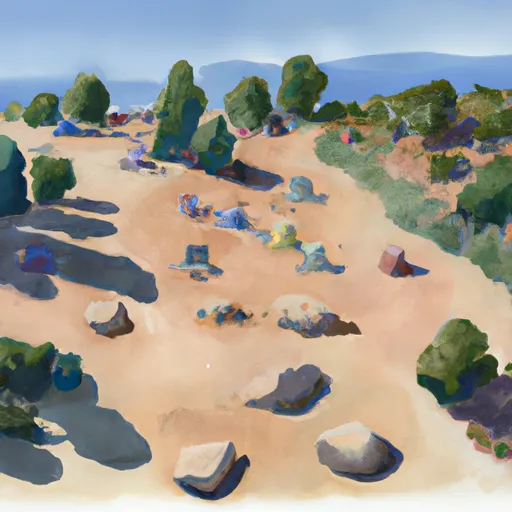 flat rocks campsite (4-5 tents)
flat rocks campsite (4-5 tents)
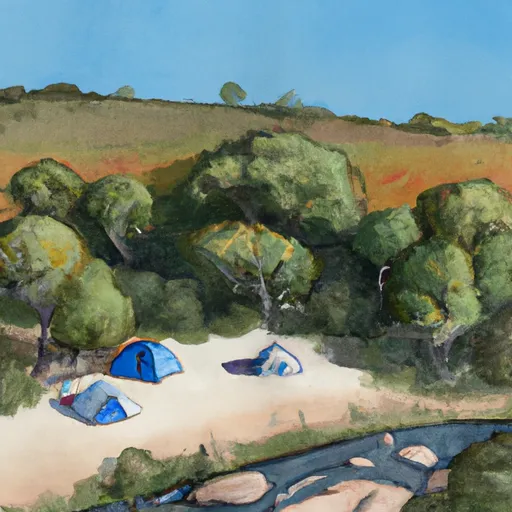 creek side campsite (3-4 tents)
creek side campsite (3-4 tents)
 the annex campsite (2-3 tents)
the annex campsite (2-3 tents)
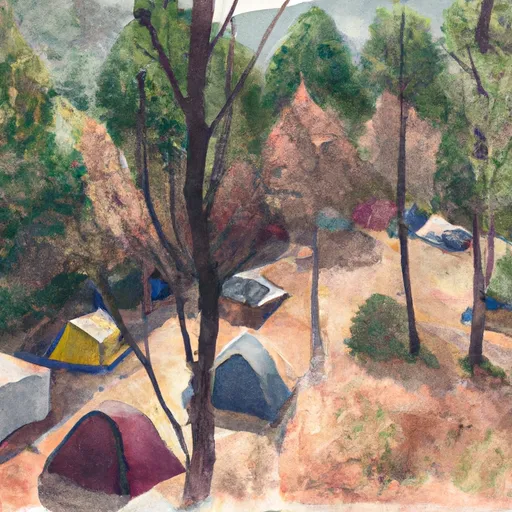 woodsy campsite (4-5 tents)
woodsy campsite (4-5 tents)
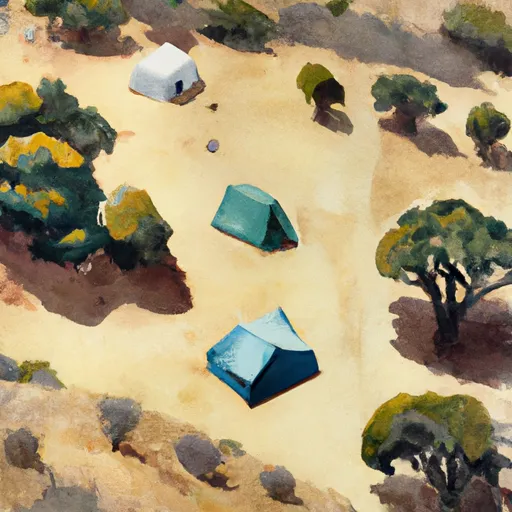 high-back campsite (2-3 tents)
high-back campsite (2-3 tents)
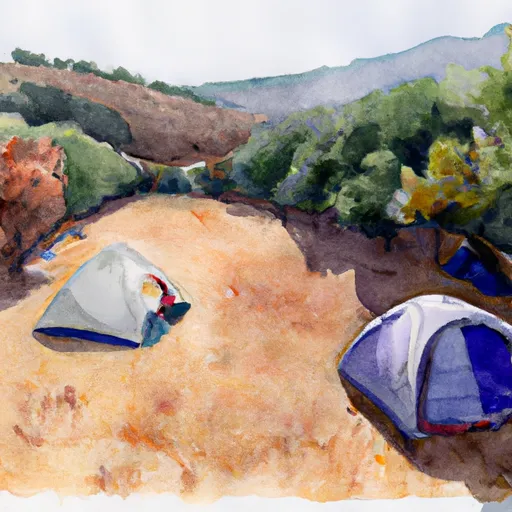 vista campsite (1-2 tents)
vista campsite (1-2 tents)
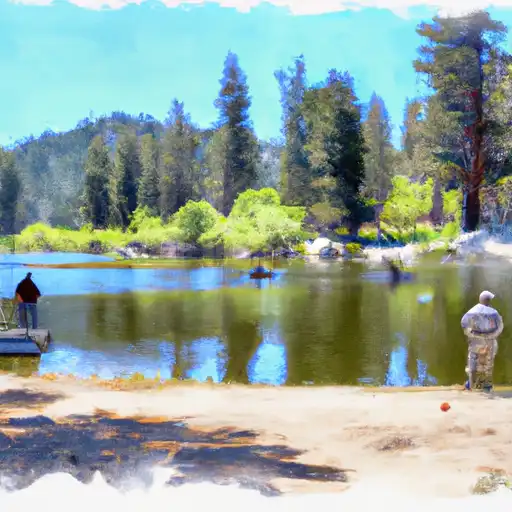 Lower Boy Scout Lake
Lower Boy Scout Lake
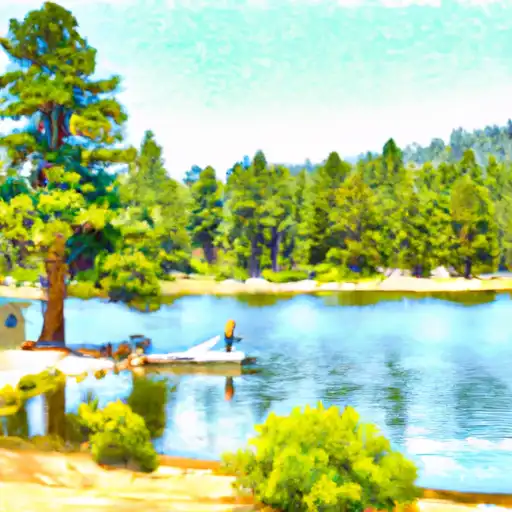 Consultation Lake
Consultation Lake
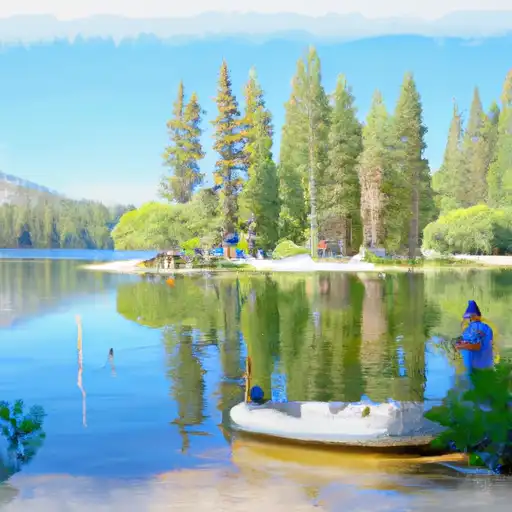 Mirror Lake
Mirror Lake
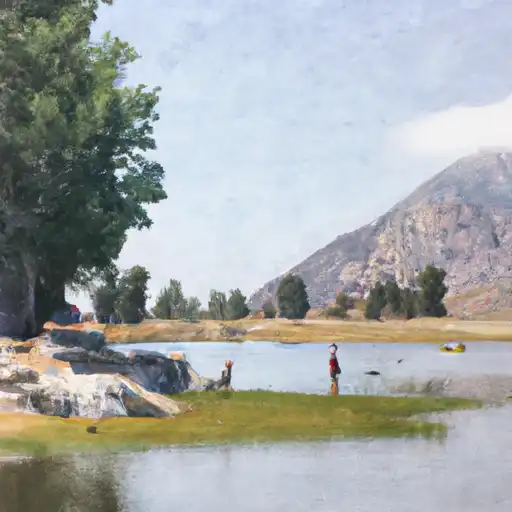 Lone Pine Lake
Lone Pine Lake
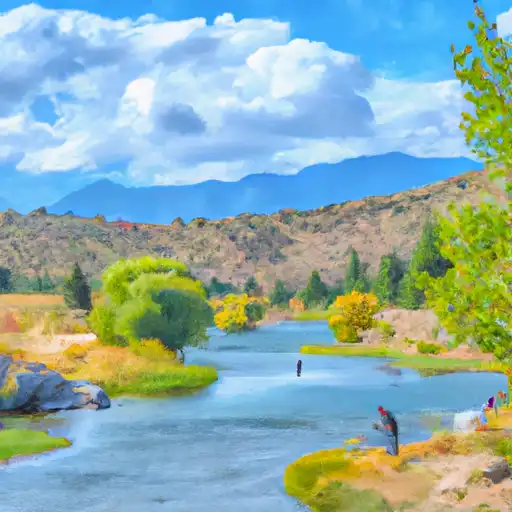 North Fork Lone Pine Creek
North Fork Lone Pine Creek